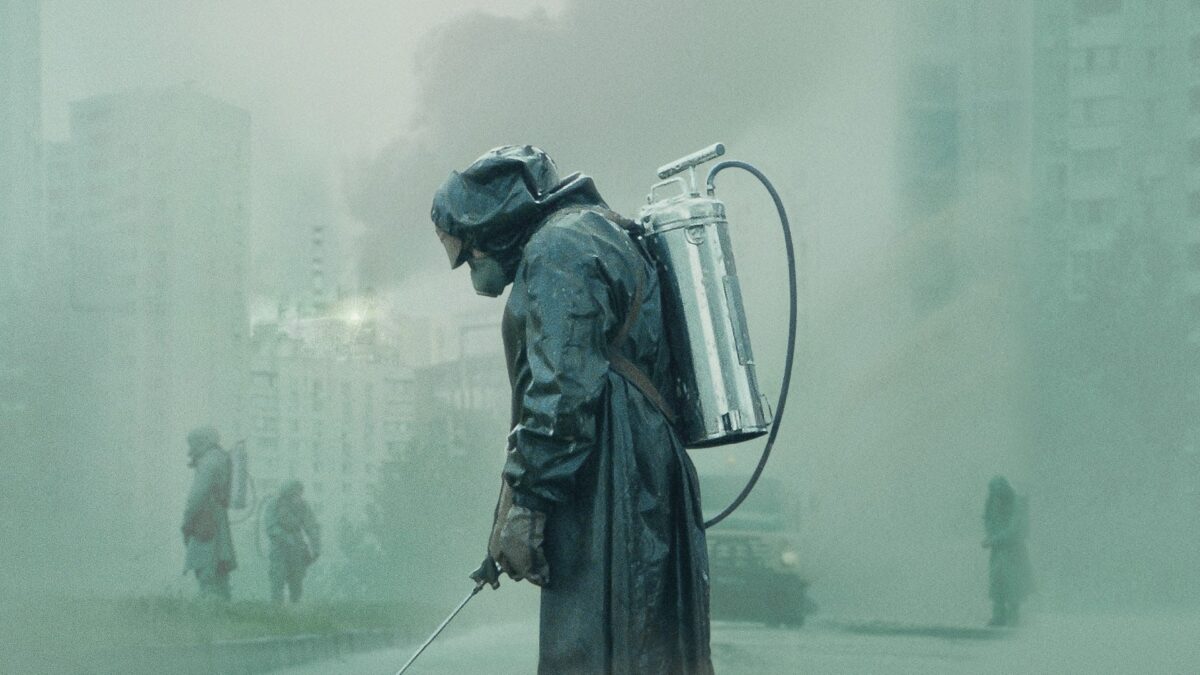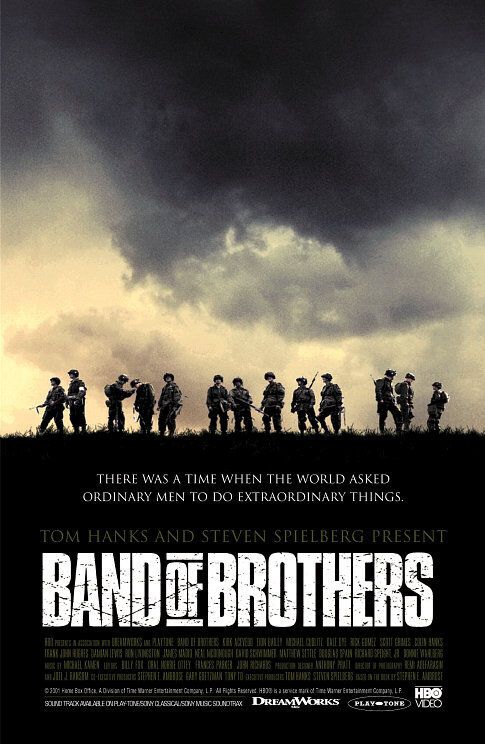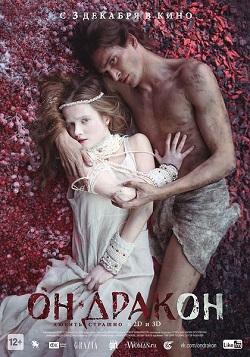Introduction:
In the realm of Turkish television dramas, “What Is Fatmagul’s Fault?” stands as a poignant and impactful narrative that unfolded on screens from 2010 to 2012. This gripping series, based on Vedat Turkali’s novel of the same name, delves into the intricacies of justice, societal norms, and the enduring strength of the human spirit. In this comprehensive review, we embark on a journey to explore the multifaceted layers of “What Is Fatmagul’s Fault?”—unraveling its plot intricacies, character dynamics, thematic richness, and the lasting impact it has left on audiences worldwide.
Plot Overview:
“What Is Fatmagul’s Fault?” revolves around the life of Fatmagul Ketenci, played by the talented Beren Saat, a young woman whose life takes an unexpected and harrowing turn after a traumatic incident. The storyline unfolds in the picturesque coastal town of Cesme, weaving a tapestry of love, loss, justice, and societal expectations. As Fatmagul grapples with the aftermath of a brutal assault, the narrative takes viewers on a rollercoaster of emotions, exploring themes of revenge, redemption, and the pursuit of truth.
Character Dynamics:
- Fatmagul Ketenci (Beren Saat): At the heart of the narrative is the resilient and determined Fatmagul Ketenci. Beren Saat’s portrayal of Fatmagul is a masterclass in emotive acting, capturing the character’s evolution from innocence to strength. As viewers witness Fatmagul’s journey, they are drawn into her struggles, victories, and the indomitable spirit that defines her character.
- Kerim Ilgaz (Engin Akyurek): Engin Akyurek’s portrayal of Kerim Ilgaz, a pivotal character in Fatmagul’s life, adds depth and nuance to the series. Kerim’s internal conflicts, his moral dilemmas, and the intricacies of his relationship with Fatmagul contribute to the series’ emotional richness.
- Mustafa Nalcali (Firat Celik): Firat Celik’s portrayal of Mustafa, Fatmagul’s childhood friend and initially betrothed, introduces another layer to the narrative. Mustafa’s unwavering love for Fatmagul and his struggles with societal expectations create a complex and compelling character.
- Mukaddes Ketenci (Sumru Yavrucuk): Sumru Yavrucuk’s performance as Mukaddes, Fatmagul’s sister-in-law, adds an element of intrigue and internal conflict. Mukaddes’s actions and motivations contribute to the unfolding drama and challenge societal norms.
Thematic Richness:
- Justice and Vengeance: The core theme of justice and vengeance permeates the narrative, driving characters to grapple with their moral compass and societal expectations. The series prompts viewers to reflect on the blurred lines between right and wrong, the consequences of seeking revenge, and the quest for true justice.
- Societal Norms and Expectations: “What Is Fatmagul’s Fault?” unflinchingly tackles societal norms and expectations, particularly regarding women’s roles and the consequences of judgment. The series challenges traditional perspectives and invites viewers to question ingrained beliefs.
- Love and Redemption: At its heart, the series explores the transformative power of love and the possibility of redemption. As characters navigate their tumultuous paths, the narrative weaves a tapestry of human resilience, forgiveness, and the potential for positive change.
Cinematography and Setting:
- Cesme’s Coastal Beauty: The breathtaking coastal town of Cesme serves as a picturesque backdrop, enhancing the visual appeal of the series. The cinematography captures the town’s charm, creating a contrast with the darker themes explored in the narrative.
- Emotive Cinematography: The cinematography skillfully captures the emotions and nuances of the characters. From sweeping landscapes to intimate close-ups, every frame contributes to the storytelling, creating an immersive viewing experience.
Impact on Audiences:
- Global Recognition: “What Is Fatmagul’s Fault?” has garnered international acclaim, captivating audiences across borders. The series’ exploration of universal themes has contributed to its widespread appeal and recognition in various countries.
- Cultural Impact: Beyond entertainment, the series has sparked conversations about societal issues, prompting discussions on justice, gender roles, and the importance of empathy. Its cultural impact resonates with viewers who appreciate thought-provoking narratives.
Legacy and Enduring Popularity:
- Timeless Appeal: Even years after its initial airing, “What Is Fatmagul’s Fault?” continues to enjoy enduring popularity. The series’ timeless appeal lies in its exploration of timeless themes and the unforgettable characters who grapple with the complexities of life.
- International Adaptations: The success of “What Is Fatmagul’s Fault?” has led to international adaptations, further cementing its status as a cultural touchstone. The series’ themes and characters have transcended cultural boundaries, resonating with diverse audiences.
Critical Acclaim and Awards:
- Recognition for Performances: The cast’s performances, particularly those of Beren Saat and Engin Akyurek, have received widespread acclaim. Their nuanced portrayals of complex characters have contributed to the series’ critical success.
- Awards and Nominations: “What Is Fatmagul’s Fault?” has received numerous awards and nominations, both domestically and internationally. The series’ impact on the television landscape is reflected in its recognition by industry peers and audiences alike.
Conclusion:
In the tapestry of Turkish television dramas, “What Is Fatmagul’s Fault?” stands as a luminous thread, weaving together a narrative that resonates with viewers on a profound level. From its powerful performances to its exploration of justice, societal norms, and the enduring strength of the human spirit, the series leaves an indelible mark on the hearts and minds of those who experience its emotional journey. As a timeless classic, “What Is Fatmagul’s Fault?” continues to illuminate the screens, inviting new generations to delve into its rich narrative and discover the enduring power of storytelling.









